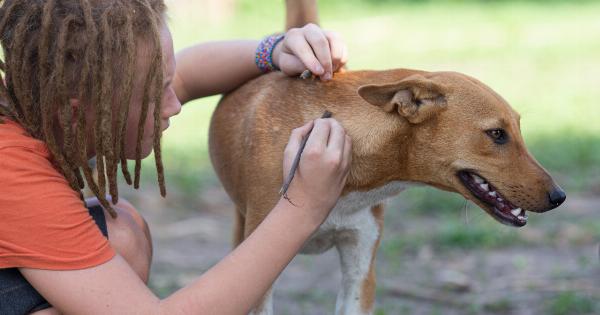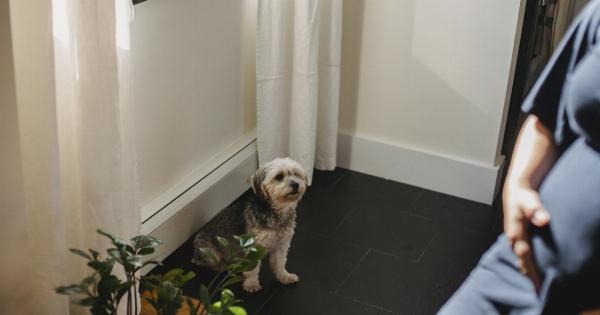Dogs are known to be vocal animals. They bark to alert their owners of intruders, to communicate with other dogs, and sometimes just to express their excitement. However, excessive barking can be a nuisance to both the owners and neighbors.
If your dog has a barking problem, it’s important to address it as soon as possible and teach him not to bark excessively. In this article, we will provide you with a step-by-step guide on how to train your dog not to bark excessively.
Step 1: Understand Why Your Dog is Barking
The first step in teaching your dog not to bark excessively is to understand why he is barking. Dogs bark for a variety of reasons, such as to alert you of danger, to seek attention, or out of boredom.
Once you understand why your dog is barking, it’ll be easier to address the issue. For example, if he’s barking because he’s bored and wants attention, you can give him more exercise or toys to keep him occupied.
Step 2: Train Your Dog to Be Quiet on Command
The second step is to teach your dog to be quiet on command. This is an essential skill for every dog to learn.
To do this, you can use a simple command such as “quiet” or “enough.” Whenever your dog starts barking, say the command in a calm and firm voice. Then, wait for him to stop barking and reward him with a treat and some affection. Repeat this exercise several times a day until your dog learns to stop barking on command.
Step 3: Use Positive Reinforcement Techniques
The third step is to use positive reinforcement techniques to reward your dog for good behavior. Whenever your dog stops barking on command or doesn’t bark when he would normally bark, reward him with treats and affection.
This will reinforce the behavior and encourage him to continue behaving well.
Step 4: Identify and Remove Triggers
The fourth step is to identify and remove triggers that cause your dog to bark. Triggers can be anything from strangers passing by to unfamiliar noises. By removing the triggers, you can prevent your dog from barking excessively.
You can close the curtains to prevent your dog from barking at people passing by, or use white noise machines to block out outside noises.
Step 5: Desensitize Your Dog to Triggers
The fifth step is to desensitize your dog to the triggers that cause him to bark. You can do this by gradually exposing him to the triggers in a controlled environment.
For example, if your dog barks at people passing by, take him to a quiet place and gradually increase the distance between him and the people passing by. Reward him for being calm and not barking. Repeat this exercise several times until your dog learns to be calm in the presence of the trigger.
Step 6: Use Anti-Bark Collars as a Last Resort
The last step is to use anti-bark collars as a last resort. Anti-bark collars emit a harmless spray or emit a noise that distracts the dog from barking. However, this should only be used as a last resort and never as a first line of defense.
Anti-bark collars can be uncomfortable for dogs and can cause more harm than good. Always use positive reinforcement techniques and desensitization methods first before resorting to anti-bark collars.
Conclusion
Training your dog not to bark excessively requires patience, consistency, and positive reinforcement techniques.
By understanding the reasons why your dog is barking, teaching him to be quiet on command, using positive reinforcement techniques, identifying and removing triggers, desensitizing him to triggers, and using anti-bark collars as a last resort, you can teach your dog not to bark excessively and improve the quality of life for both you and your dog.



























